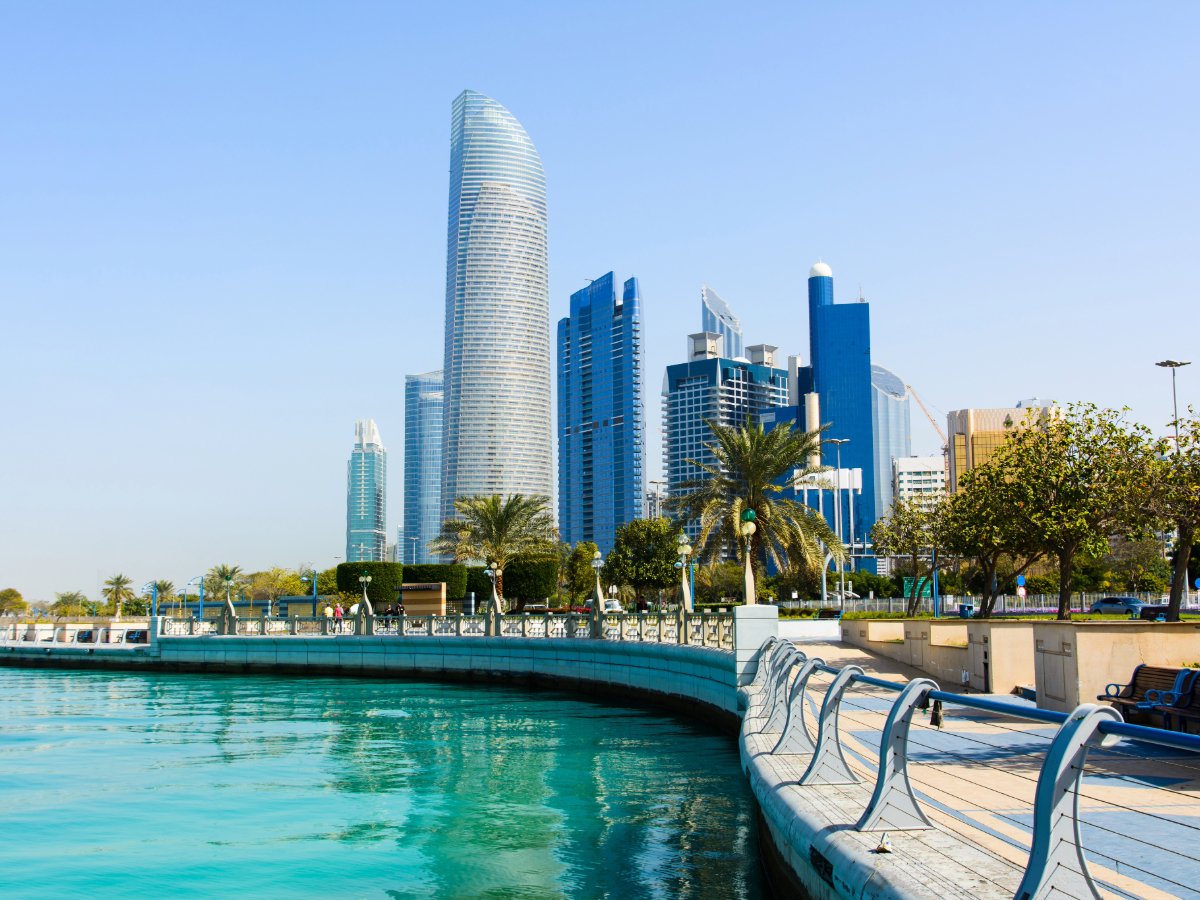Middle East’s Finest: Abu Dhabi, Dubai rank as most liveable cities in the region

Abu Dhabi and Dubai remained top liveable cities in the Middle East and Africa, and improved their scores in health care and education, according to the Global Liveability Index of the Economist Intelligence Unit (EIU) for 2024.
The index ranked Dubai closely behind in the second spot, highlighting its achieved progress in the same areas.
According to the “Crime and Safety Indexes” provided by the Numbeo website, Abu Dhabi is considered one of the safest cities globally. The city ranked first globally on the Safety Index with a score of 88.2 points and had the lowest score on the Crime Index with 11.8 points. Meanwhile, Dubai ranked fifth on the list of the world’s safest cities.
In the field of health, recent data from a report by the Dubai Health Authority showed that the total number of licensed and operational healthcare facilities in the emirate reached 5,020 during the first quarter of 2024, with the number of licensed doctors totaling 13,370.
Meanwhile, the number of healthcare facilities in Abu Dhabi, during the same period reached 3,323, including 67 hospitals, 1,136 health centres, 765 clinics, 1,068 pharmacies, and 287 other facilities classified as healthcare establishments. At the same time, the number of licensed doctors in Abu Dhabi reached 12,922 by the end of 2022.
In the field of education, the number of schools in Abu Dhabi reached 459, including private, public, and mixed schools, during the 2023-2024 academic year, while the number of private schools in Dubai reached 220.
Eight of the top ten cities in the region were in Gulf countries, which are stable and have an increasing influence on the world stage. Among them were Kuwait City, Doha, and Bahrain in the 3rd, 4th, and 5th spots, respectively. The six-member Gulf Cooperation Council (GCC) is one of the world’s economic powerhouses, drawing talent from around the world and deploying vast pools of capital to it.
The global index includes 173 cities judged on five categories: stability, health care, culture and environment, education, and infrastructure.








